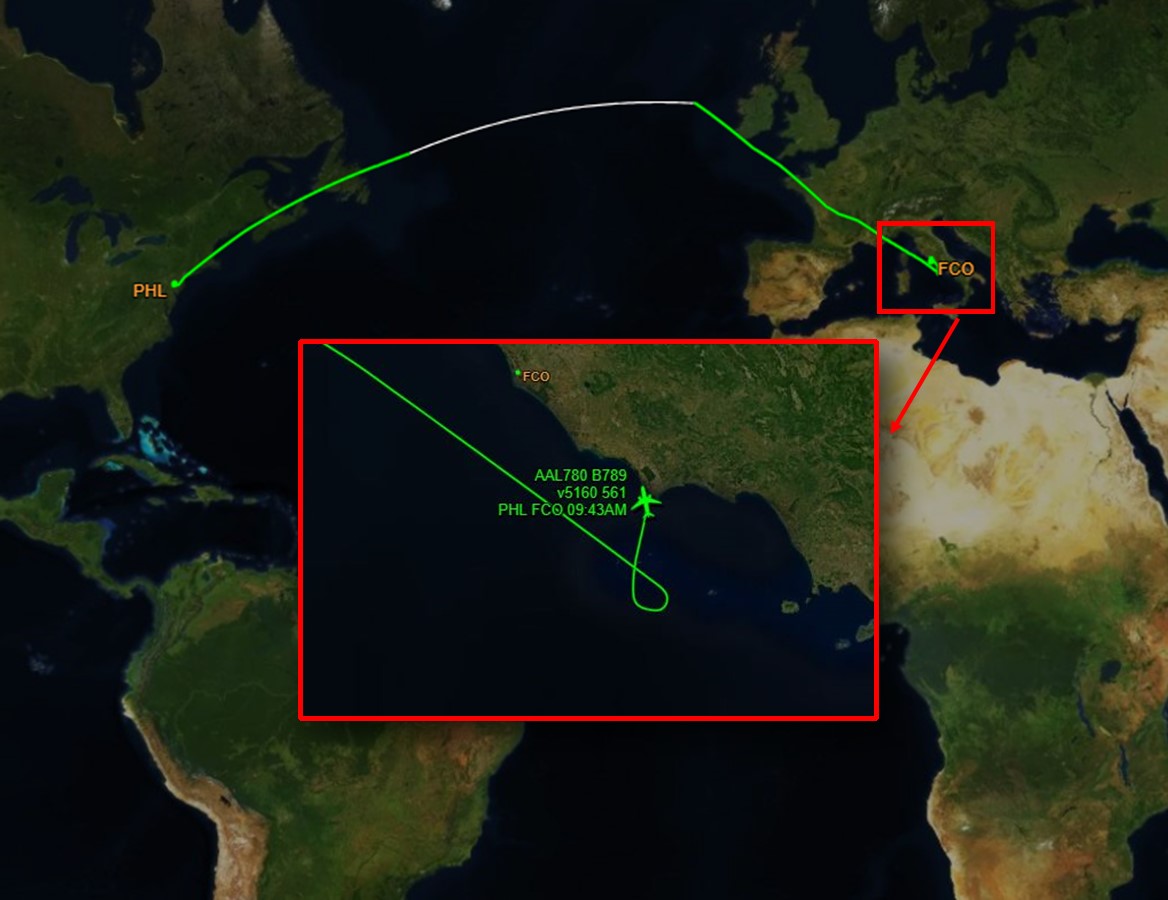Because Trump meditates the postponement of duties on cars: how much the costs of goalkeeper, engines and audio systems can increase

Boston Consulting Group: « A million sales at risk ». The danger that Asian houses pour in Europe with torn prices
The duties curtain threatens to separate the car industry industrial block industry. While on Tuesday most of the companies He pulls a sigh of relief for the postponement of « mutual » rates, The manufacturers are still trying to orient themselves in the commercial maze built in two months by Donald Trump. In February, the US president imposed duties of 25% on Mexico, China and Canada, responsible for him to the arrival of migrants and Fentanyl on American soil. A few days later those on steel and aluminum arrived, followed at the end of March by Barriers to 25% on imports of cars (taken on April 3) and components (expected May 3), with some « discounts » for Canada and Mexico. Finally, in early April Trump announced the « mutual » duties against the whole world, then suspended for 90 days, keeping a minimum base of 10%. But preserved against China on which, indeed, customs taxes have reached 145% and continuously rise hand in hand with the tensions between Washington and Beijing.
The cost for manufacturers
This burst of measures, according to Boston Consulting Group estimates, could raise costs for houses of 140 billion dollars, A quarter of the value of the sales of cars in the United States (740 billion). The cost of an enginefor example, could increase from a minimum of 27.5% to a maximum of 72.5% depending on the country of origin; that of one door between 7.5% and 52.5%; that of a audio system Between 14.9% and 83.9%. These sums could vary, up or downwards, in the next few days according to the choices of the White House and, in the event of sensational turns, even reset: lastly, in fact, Trump ventilated the hypothesis of a postponement also for cars duties.
Uncertainty and investments
“Uncertainty is total – Davide Di Domenico, Managing Director and Senior Partner BCG and System Leader of the Mediterranean and Castery area observes -. All houses have created high -level « warroom » to analyze the various possible scenarios. Before making a decision on countermeasures, however, it is expected to understand if there will also be postponements or changes for the duties on the cars and on the components imported in the United States ». In the meantime, he continues, « investments are still Because an increase in the production capacity in the USA cannot be planned while the reference regulatory framework changes now; Nor is it clear how a country with a very low unemployment will be able to provide the workforce necessary to increase the local manufacture of vehicles and components « .
The Sales thud
Overall, says Di Domenico, « These factors will lead to a significant increase in cars and a contraction in sales in the United States which, under current conditions, we estimate in about one million units per year ». Probably, he adds, « there will also be a drop in margins for the houses because they will have to invest a lot to locate the production and the supply chain in America: the impact will be stronger on the Asian and European manufacturers and components, while American companies could have a competitive advantage if they manage to resolve the rebus of domestic supplies ». Ford, General Motors and Stellantis, the three sisters of Detroit, assemble 80%, 58% and 43% of the cars sold in the USA on the North American market. The share is 21% for Volkswagen, 35% for Mercedes-Benz, 29% for Kia and 33% for Hyundai.
The risks for European homes
For European and Asian groups therefore the impact against the barriers on imports in the USA will be stronger and, not surprisingly, their cars are accumulating in European and American ports waiting to understand which duties will apply, how and to what extent they can pour them on the final prices. The advantage of the stars and stripes houses will however depend on how the problem of the components that travel continuously along the sides of the North American industrial triangle will be addressed: Ford, GM and Stellantis get from Canada and Mexico respectively on 30, 35 and 45% of the car components then assembled in American systems.
The assault on the EU market
If the US market is narrow, the European and Asian houses will find themselves in front of an alternative: to reduce production volumes, closing factories, or increase enrollments in other geographies.
« The commercial tension between China and the USA will show off mainly in Europe – provides Giuseppe Collino, Managing Director and partner of BCG -. The closure of the American market will push Chinese homes to even more aggressive price policies to conquer share in Europe: Their production costs are so low and their productive overloading so high that they manage to absorb the duties on imports imposed by the EU without problems ».
The byd campaign
Some signal of the offensive is already seen. Byd, the first rival of Tesla, for example launched an aggressive promotional campaign, offering up to 8 thousand euros of incentives on electric models. « While Europe sleeps, we wake up the future », the slogan of advertising. The EU, in reality, seems to have awakened and is trying to support the home industry. The review of the emissions regulation was a first step that will allow to measure respect for the limits on a three -year and no longer annual period, probably avoiding billionaire penalties for houses. Brussels is then working on a plan for the development of a European electric car and connected chainlimiting anti-concurrential practices such as commercial and environmental dumping. Without mentioning it, the obvious reference of the Commission is to Chinese homes that are willing to sell under cost to make their way in Europe and produce in a country with less severe environmental rules of the EU.
The fragmentation of the supply chain
Regardless of the outcome of the negotiations between Trump and the rest of the world, in short, the chaos of the duties is destined to have long -term effects on the most globalized industry of all, redesigning the car map.
« The commercial war could contribute to accelerating the fragmentation of the automotive sector already started with the pandemic – says Collino -. We could witness the birth of differentiated supply chains: a focused on the USA, one on Europe and one for the rest of the world. This could have consequences on the industrial and financial organization of the manufacturers « .









